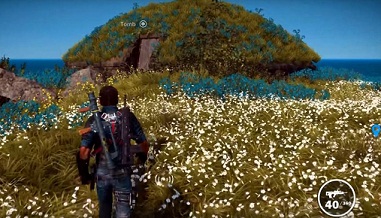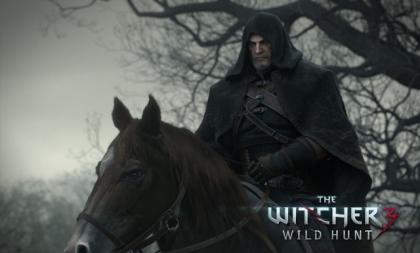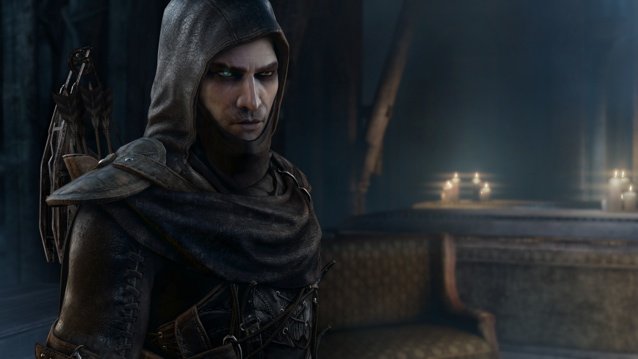

In 2002, Disney teamed up with Final Fantasy creator Square to create Kingdom Hearts – a fusion of lighthearted Disney storytelling and classic Japanese role-playing game tenants. It was fun, it was fresh and a lot of people loved it. The 2006 sequel, Kingdom Hearts II, got a little less love and a whole lot of confusion on account of spending the first 12 hours of the game playing as somebody other than the main character. Now, seven years after the original, we’re finally getting the full back story on the character switch.
There’s a lot to love about 358/2 Days – especially if you’re already a fan of the series – but let’s get the bad stuff out of the way first. The control scheme is awful. It’s like they ported a PlayStation 2 game and forgot that the DS doesn’t have analog sticks.
The heavy lifting in game comes from the face buttons and the directional pad. Actions like attacking, jumping or navigating the mini-menu in the bottom left hand corner of the upper screen are left to the face buttons, while the D-pad moves Roxas around his 3D environment. The camera is really tricky because there’s no second analog stick (heck, there’s not even a first analog stick!) and the game gives you two options for how to handle it. In control scheme Type A, you have the option to use the stylus as a way to course-correct the camera with a tap to the lower screen. In Type B, which is what we went with, the L and R buttons pull triple duty to handle the camera (L or R to pan), the lock-on reticule (double-tap R) and the shortcut menu (hold L and R).
If all of that sounds confusing, imagine how it actually feels. Honestly, the controls couldn’t be less intuitive if your DS was taped to the ceiling.
Above: Learn to love these screens because you’ll be spending a lot of time with them
The game suffers from these flaws pretty badly. Sure, you unlock a couple of abilities late in the game that mitigate targeting woes and minimize frantic menu-scrolling during battles. But nothing fixes the fact that they’re pretending the D-pad is an analog stick and that’s murder on your thumbs and it’s frustrating that the stylus is more of a hindrance than a help. Also, the camera is a real jerk. It gets stuck between things and has a hard time swinging around to show you a new target once you get the auto-lock feature. This is a recipe for nausea when you’re fighting an enemy that’s hard to target in an enclosed space.
Now that we’ve got that out of the way, let’s talk about what does work for 358/2 Days’ gameplay. Like Chain of Memories before it, Days does something different with character customization than your average level-grinding RPG. Instead of cards, though, you get a panels system that limits the amount of items, magic, abilities and even levels that Roxas can have equipped during a mission. Different kinds of panels require more space in your inventory and the shape of the panels presents a strategic challenge on par with Tetris as you try to cram as many abilities and potions as you can into the grid you’re given. To unlock more grid slots, you’ve got to complete missions to net yourself about one slot per mission – or you can earn money and buy a few from the resident Moogle in Organization XIII’s headquarters.
You can’t mention Moogles without saying anything about synthesis, so rest assured you’ll be building a lot of your own weapons in the game from various materials you pick up out on missions. However, some of the best stuff you get from the Moogle comes from redeeming tokens you earn in bonus missions and challenges.




 Killzone: Shadow Fall Wiki .
Killzone: Shadow Fall Wiki . The Witcher 3: Wild Hunt All Witcher Gear Sets Location Guide: Serpentine, Griffin, Feline and Ursine
The Witcher 3: Wild Hunt All Witcher Gear Sets Location Guide: Serpentine, Griffin, Feline and Ursine Dragon Ball XenoVerse Guide: How to Pick Shenron’s Wishes
Dragon Ball XenoVerse Guide: How to Pick Shenron’s Wishes Best Minecraft Xbox One Seeds
Best Minecraft Xbox One Seeds Review: Thief 4 (Xbox One)
Review: Thief 4 (Xbox One)